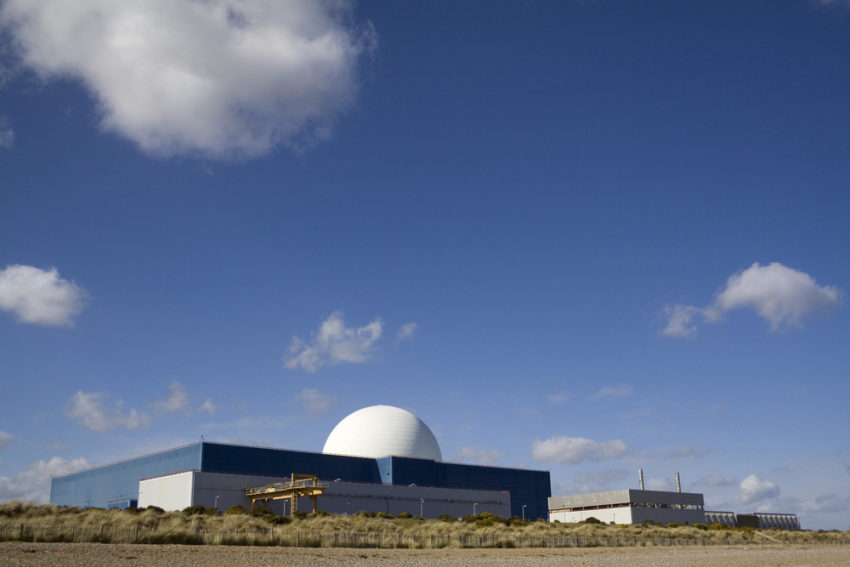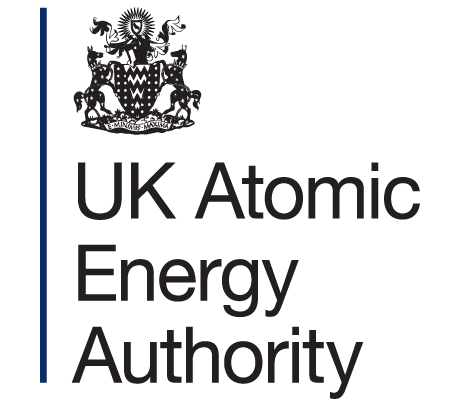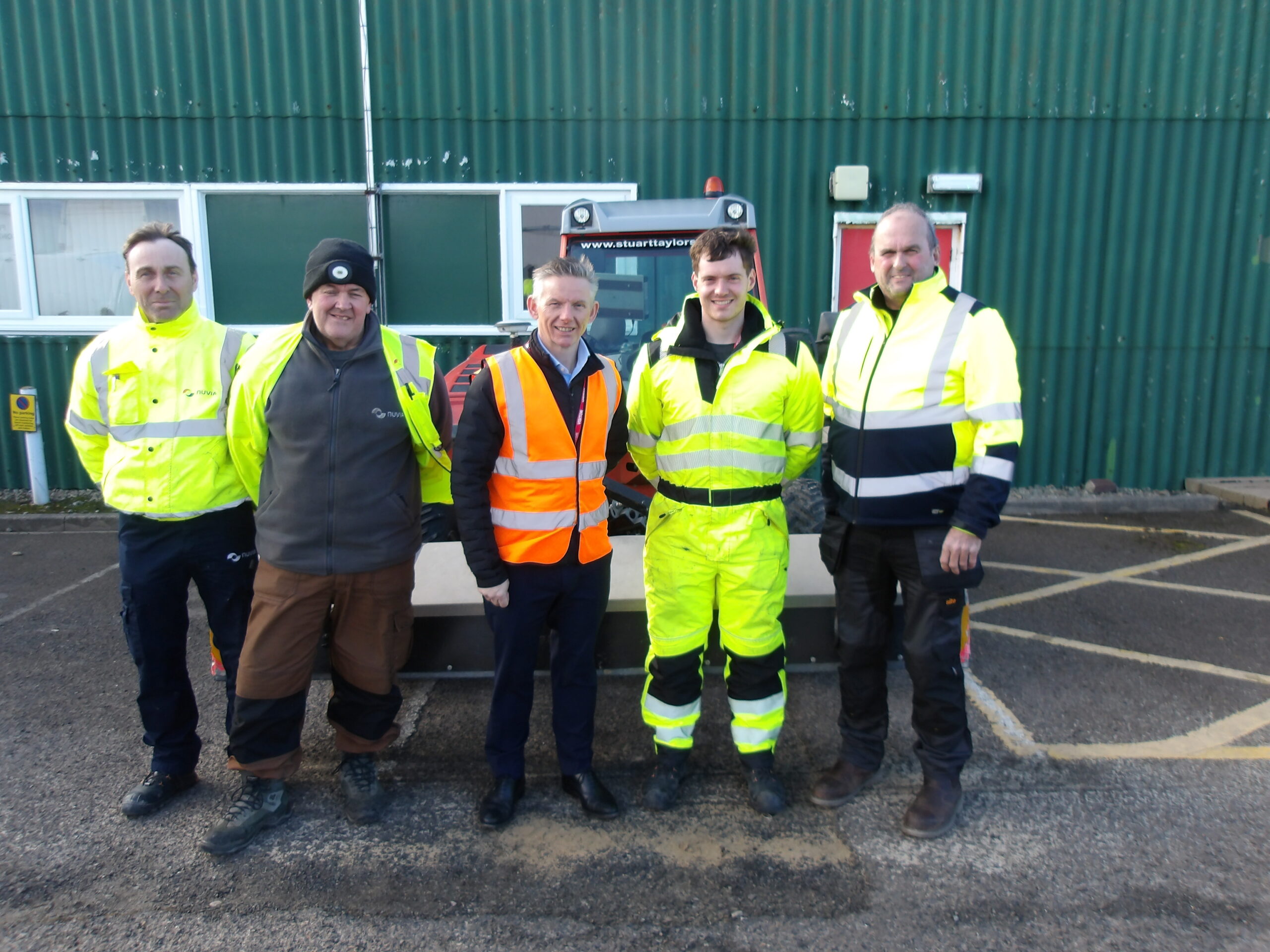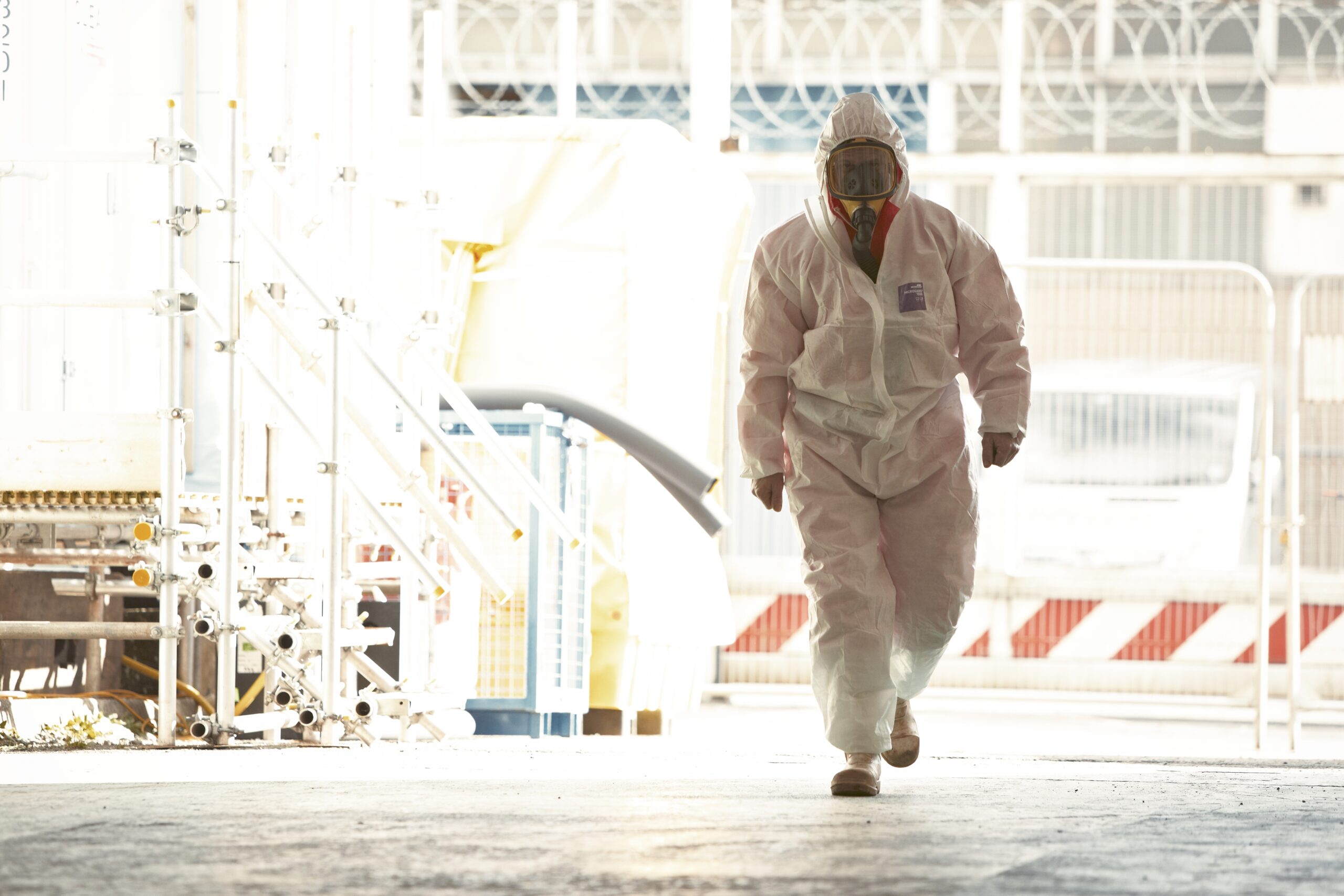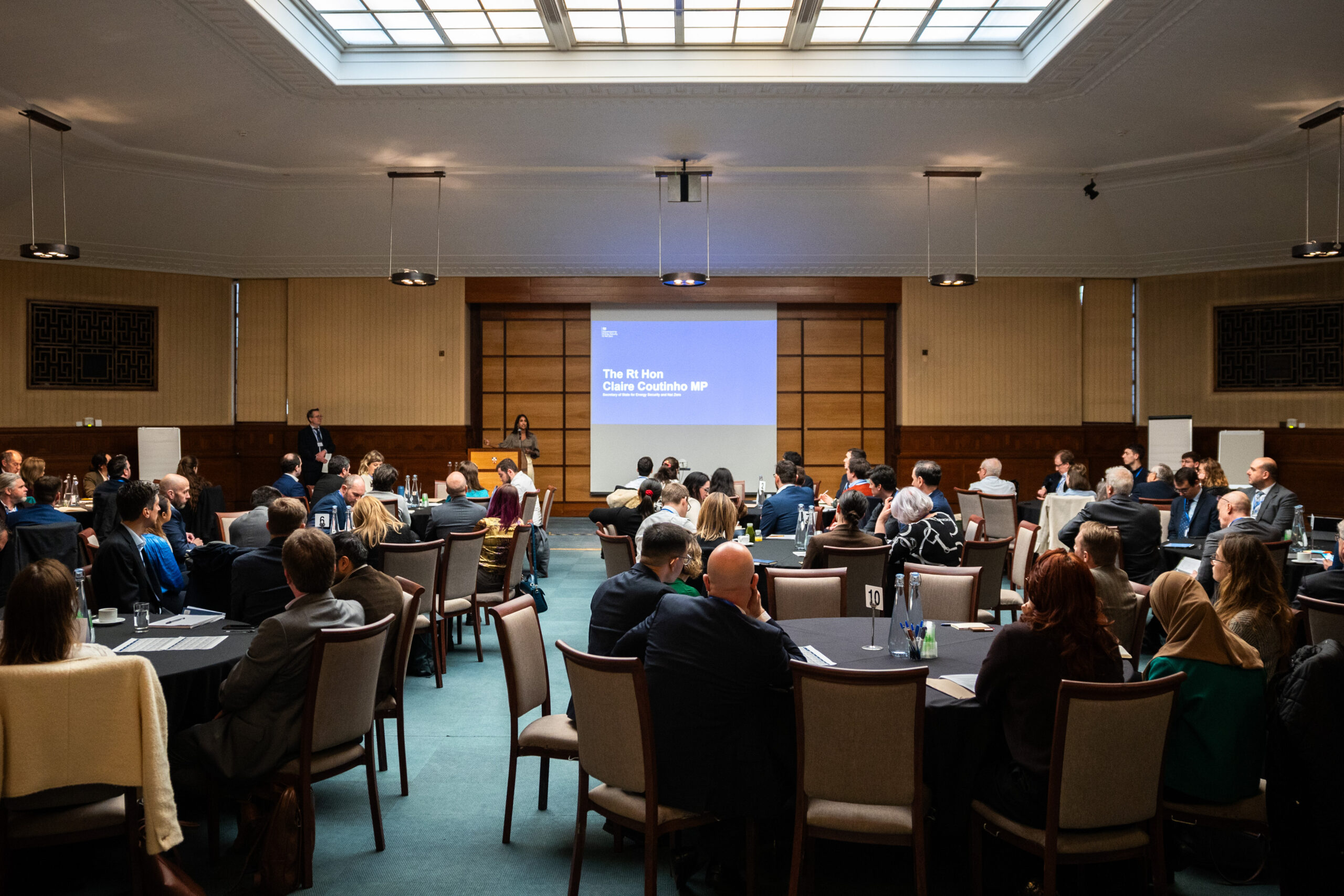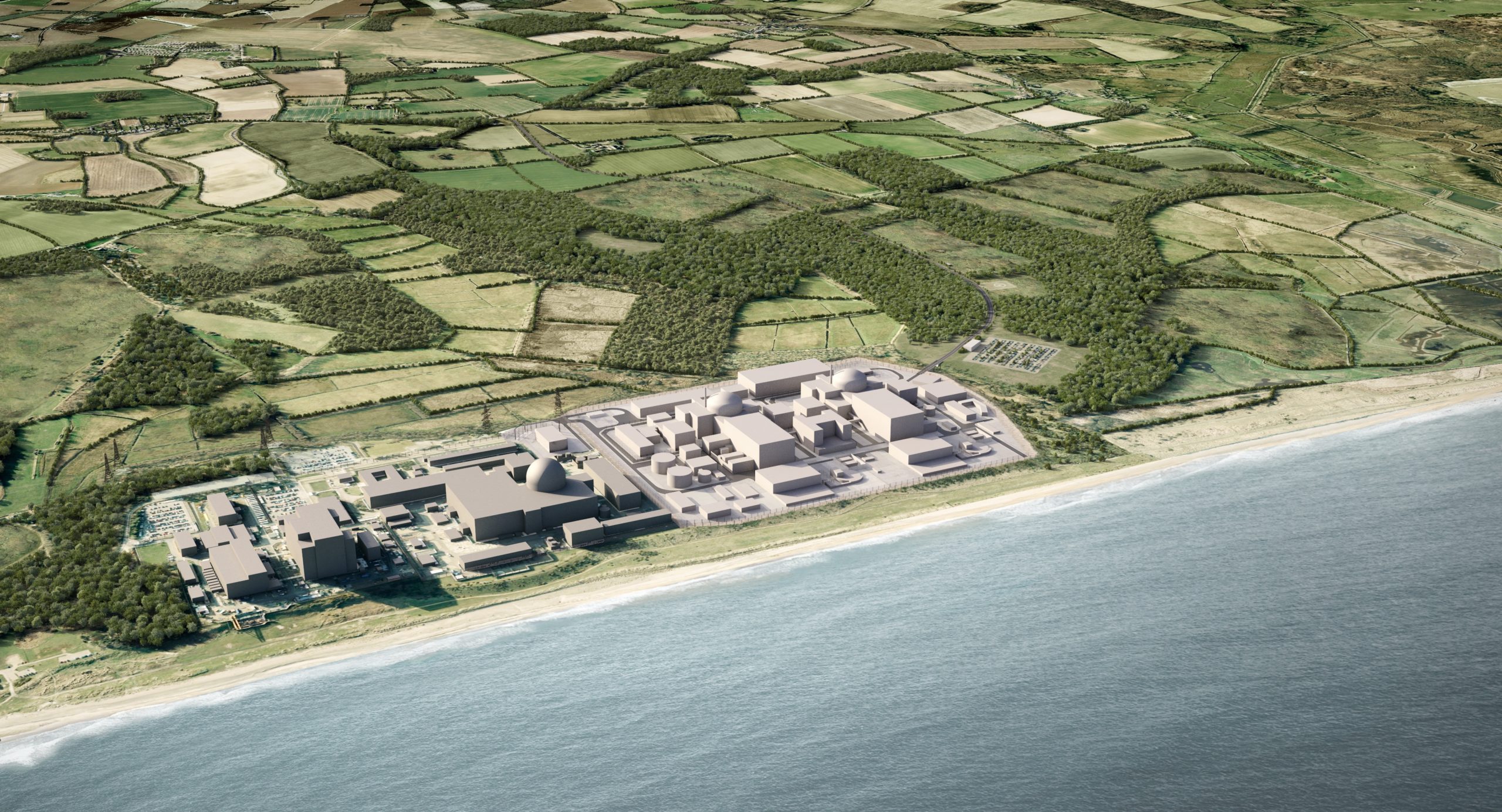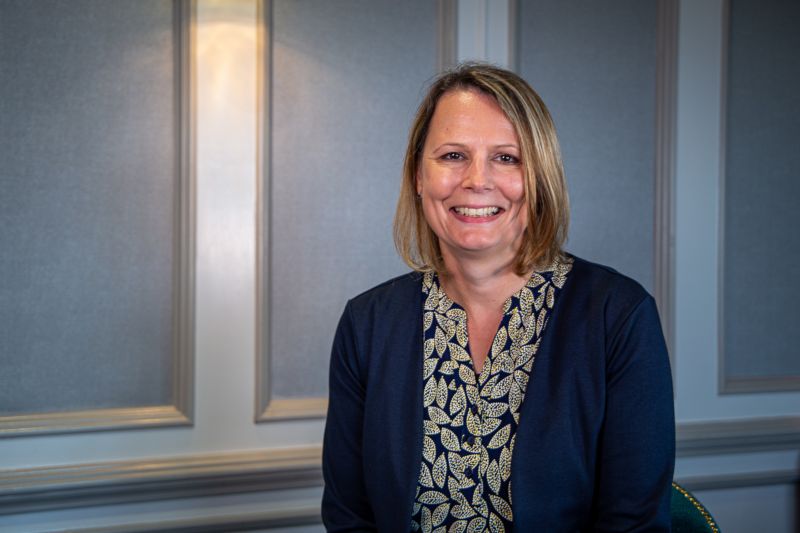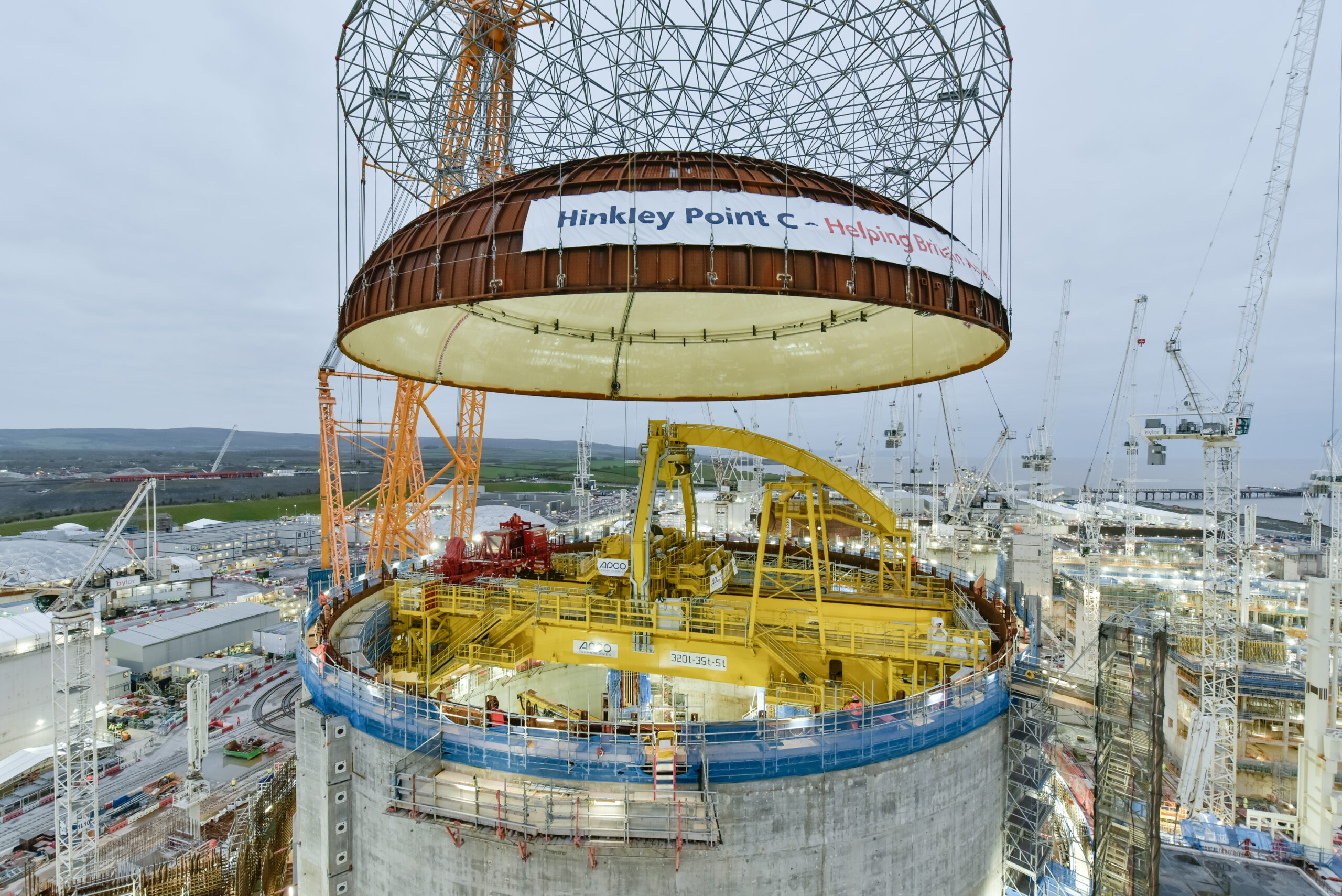Nuclear investment is a test of our patience, foresight and perseverance as a country. Nuclear assets are unique in so many ways: they require a huge bulk of the spending up front, to deploy sophisticated infrastructure.
Building them can take several years. Many countries lose heart at this hurdle. Once built, however, modern nuclear stations can run for several decades. They have exceptionally low operating costs, including fuel. Their efficiency has made existing nuclear reactors one of the cheapest forms of electricity generation worldwide.
As the UK considers its own nuclear future, we must not lose heart as we did in the past. Losing heart has real consequence: in 1988, the UK started building Sizewell B, which was finished in 1995. It was supposed to be part of a fleet of four reactors, one each at Sizewell B and Sizewell C, one at Hinkley Point C, and a fourth at Wylfa B. The last three were never built.
The one reactor that was built has produced enormous benefits. Sizewell B has already saved more than 140 million tonnes of carbon emissions. At today’s carbon prices of £45 per tonne, that saving is worth £6.4 billion, more than the £5.3 billion cost (in today’s money) of building the whole station. What is more, Sizewell B is only 26 years through an initial design life of 40 years. Similar designs in the US and France have received life extensions to 60 years. If Sizewell B operates for 60 years, it could save another 125 million tonnes of carbon, worth a further £5.6 billion. Before we even consider the value of the electricity generated, Sizewell B would have saved more than twice its construction cost in carbon alone.
The three other reactors that were never built could have saved a further 800 million tonnes of carbon, worth £35 billion. That is more than two years’ worth of emissions from the whole country, forfeited for lack of foresight. Those three reactors would likely have been built more cheaply than Sizewell B, by applying the simple principle of a fleet build: replicating designs and repeating tasks increases efficiency, cutting time and cutting costs. The effect is pronounced in nuclear construction: a concrete pour at Unit Two of Hinkley Point C was done 30% faster than the same pour at Unit One. A second steel containment ring was built 30% faster than the first.
We could have had those benefits 30 years ago, but we can still claim them today. Sizewell C will be a replica of Hinkley Point C: the lessons learned from building the Hinkley reactors can be applied to building reactors at Sizewell. Likewise, Bechtel and Westinghouse have estimated that the Wylfa B site has room for further AP1000 reactors after an initial two have been built, creating a similar scope to improve productivity.
The principle holds when we look at the future of SMRs: Rolls Royce estimates that the first unit of a UK SMR would cost around £2.2 billion, falling almost 20% to £1.8 billion by the time the first five units are complete. We are better off in both cost and in carbon to build ten rather than two. Moreover, a steady pipeline of projects sustains our world-class nuclear skills base and preserves the knowledge of how to build reactors efficiently. Nuclear workers can see a future after the current job is finished and stay active in the industry. Each station does not require the reactivation or remobilisation of an entire supply chain but a smoother transfer of an existing workforce to new projects. This is the future we can have by embracing an ambitious programme of new nuclear for net zero.
That future will require us to learn quickly from the mistakes of the past. The one-at-a-time approach we have taken to nuclear for the last 40 years has cost us literally tens of billions of pounds in extra emissions. Now we are faced with the rapid retirement of most of our nuclear fleet in the next three years, with no replacements ready. It is not too late to act, but we need take four key decisions by 2024:
- The Government needs to legislate for a new nuclear financing model in 2021
- Sizewell C needs to reach Final Investment Decision in 2022
- The policy, siting and regulatory framework for the deployment of a fleet of SMRs needs to be set in 2022
- Another large-scale nuclear project needs to reach Final Investment Decision in 2024
These decisions would create tens of thousands of jobs and ultimately save 30 million tonnes of carbon each year. Without new investment, jobs will go, skills will go and the base on which we can build will be gone. We can still choose our future, but we have to choose it now.
